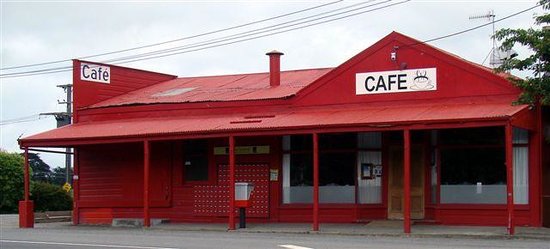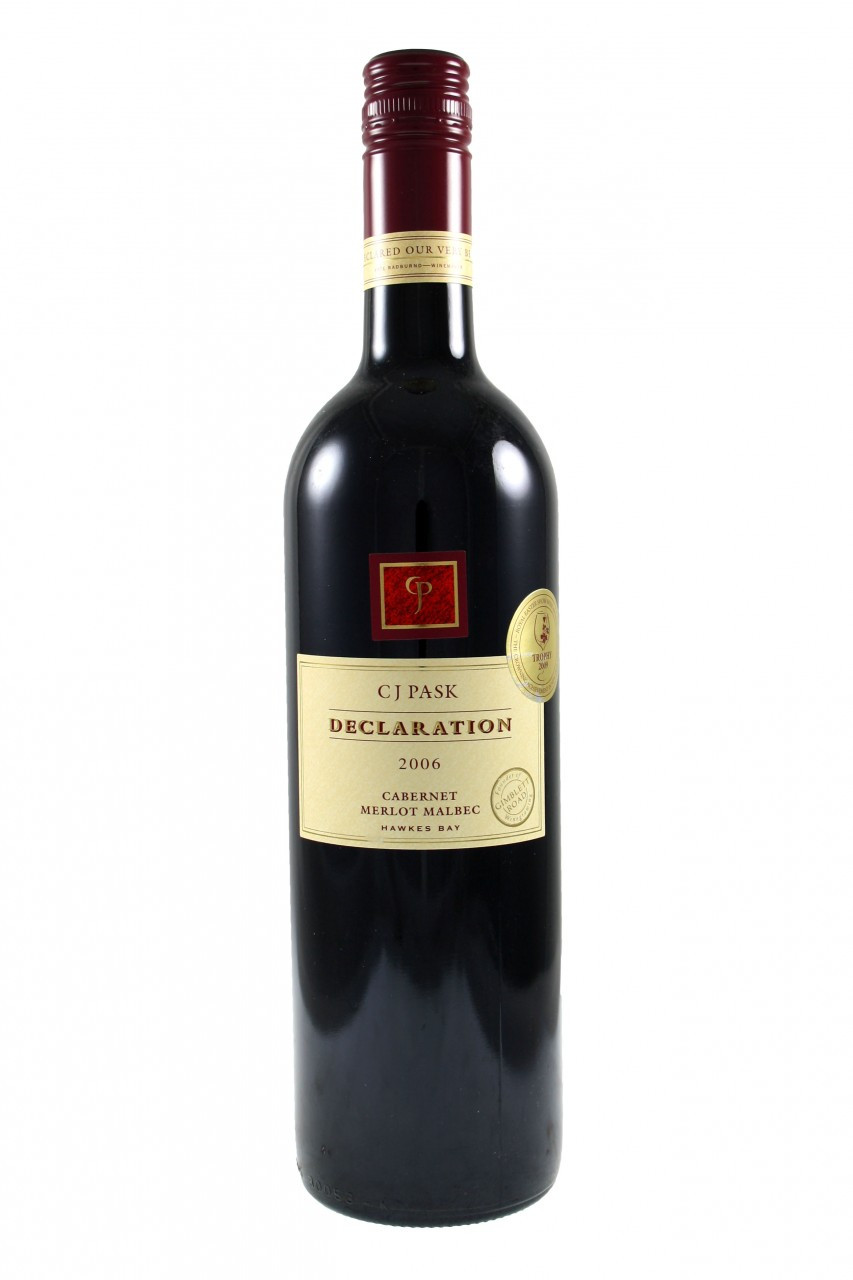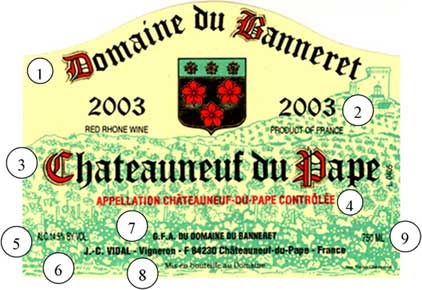Arrival
Paul's Menu
AGM and business of the day: Election of Office Bearers
The First Wine:
Served w Savoury Stuffed Potobello Mushroom, Parma Ham and Blue Cheese, with Pea puree
La Miranda de Casttilla Garnacha Blanca 2010
La Miranda de Secastilla Garnacha Blanca 2010, Somontano, Spain 14%

Situated almost mid-way between the Mediterranean and the Atlantic Ocean, in the foothills of the Pyrenees, Somontano is a new and dynamic wine region. The region became a D.O. in 1984 and its rise to prominence has been driven by the Vinas del Vero estate which has focused entirely on premium wines from an ultra-modern winery and immaculately tended vineyards. This remarkable wine comes from the rugged slopes of the Secastilla Valley. Here some of the ancient Garnacha vines, planted at more than 700m in altitude, have mutated to produce only white grapes. The non-irrigated, stony soils yield a few intensely concentrated grapes, which after careful selection are fermented in second year French Allier oak barrels. The result is a unique and wonderfully rich white wine. Straw coloured with restrained aromas of quince, apple, lemon, vanilla musk and whitecurrant. Full bodied, rounded with good texture and mouthfeel. Complex stone fruit flavours, vanilla oak, minerals and subtle floral notes. Bold flavours balanced by fine acidity. Most impressive.
Garnacha Blanca is on a roll, though it sometimes seems surprising considering that it is a relatively neutral grape. But as in versions such as this one, the texture is far more compelling than expected, and the light apple and citrus notes in the nose lead to firmer, stronger flavors in the mouth, reaching almost to complexity. Far from neutral, this is exciting wine. Drink soon or in the next few years.
La Miranda Garnacha Blanca is a unique wine, due to the grape variety, Garnacha Blanca, just recently cultivated in Spain in Aragon. We suggest to serve the wine with cured meats, oily fish, light meats, and cured cheeses at a temperature between 10 and 12°C.
About the Winery
Secastilla is a small treasure that was discovered at the end of the twentieth century—a beautiful valley in the high area of Somontano, known as the Valle de Secastilla. Entirely by chance, the Viñas del Vero team came across 100-year-old Garnacha vines, sharing their space with almond and olive trees. This special valley has very specific natural conditions that are very different from the rest of the appellation. Viñas del Vero employs traditional and organic viticulture, hand-harvesting, and limited production to create what is widely recognized as the top Spanish Garnacha. Due to its specific terroir, climate, and characteristics of the Secastilla valley, the estate belongs to the prestigious Association of the Great Estates of Spain.
Viñas del Vero owes its name to a river of the Somontano district, at the foot of the Pyrenees, famed for its gullies, canyons and ravines. The company Viñas del Vero, S.A. was set up in Somontano at the end of 1986 following the acquisition of 550 hectares of land in Barbastro and other nearby villages. In 1987 work began to replant the land with vines of the traditional regional varieties (Tempranillo, Moristel, Garnacha and Macabeo), along with those from other sources (Chardonnay, Gewürztraminer, Cabernet Sauvignon, Merlot and Pinot Noir).
The winery's first wines reached the market in the Spring of 1990, and were produced in an experimental winery in Salas Bajas. In 1987 the company had acquired the "San Marcos" estate as the site for the new winery, which opened in July 1993. This is the hub for the entire process of producing the Viñas del Vero wines, from selecting the grapes harvested to ageing and bottling. The winery has a capacity of 70,000 hectolitres, with 250 stainless steel tanks and 8,000 French and American oak barrels.
Viñas de Vero is now the leading winery of the Somontano region in terms of the volume and quality of its output. The company owns 700 hectares of vineyards, and produces 5 million bottles per year.Its wines can be found in more than 40 countries It is one of Spain's most state of the art wineries in terms of both worldwide technology and the style of wines it produces.
Country : Spain
Type : White
Bottle Size : 75cl
Vintage : 2010
ABV : 14.0%
Time Tip : Drink now to 2013
Price $21.95 from Regional RRP $26/05
Wine 2
Marqués de Riscal Próximo
Varietal: Tempranillo
Rioja Spain
Marqués de Riscal Próximo is a new addition to the Marqués range and is a bright and fruit driven Rioja style sourced from slightly younger Tempranillo vines. Very strict parcel selection along with traditional picking techniques, this Rioja is bursting with dark blackberry fruit with notes of rich, ripe plums. Hints of liquorice and star anise also give the wine a superb backbone that is perfectly suited many Mediterranean cuisines
This wine is fresh with soft and round well-polished tannins. Moderate acidity leans into hints of spice and bitterness. The pleasantly long and rounded mid-palate leads to a lingering soft finish with some hints of toasted oak, making this an easy drinking, fresh and elegant wine.
The Reserva Tempranillo blend from iconic traditional Riojan producer, Marqués de Riscal is made from Tempranillo vines of more than 15 years old, along with the recovered varieties Graciano and Mazuelo, which provide it with freshness. This fruit is able to withstand a lengthy maturation process in oak which provides the wine with a fine, complex tannin and acid structure. This vintage is characterized by unusual weather conditions that brought the harvest forward. The resulting wine is classically savoury with notes of dark berries and toasty oak.
Both wines pared well with the Fillet of Beef "Surf and Turf" in Port Wine Jus,
Filo Patry and fresh Seafood Mornay
The Estate:
In the heart of the Marqués de Riscal wine cellars, a colossal project has been brought to life with the special contribution by the Canadian architect, Frank O. Gehry.
It gives shape to the cellars’ spirit – innovation and tradition are united in a single building, made using the most modern materials and constituting a true architectural landmark. Without a shadow of a doubt, the City of Wine is one of the most ambitious projects ever undertaken in Spanish wine cellars to date. The spectacular form of Frank O. Gehry’s building to house the hotel, combined with the rich beauty of the landscape and the surrounding installations of Marqués de Riscal, off ers an exceptional setting to live a unique and unmatchable experience, and all in this exceptional place called the City of Wine.
A complex set in around 100,000 m2 devoted to making, caring for and studying wine which o ffers you the chance to enjoy everything that wine and the people involved in winemaking stand for, in the purest and most natural way. In a nutshell, a di erent, profound experience of the culture of wine and its essence. At the heart of the City of Wine, what else but the oldest of the cellars of Marqués de Riscal, dating from 1858, as well as its later 1883 extension. Surrounded by extensive vineyards, the installations preserve this special charm from its origins, the manifest worship of this tiny gem, the mother of wine: the grape.


The City of Wine complex for Marques de Riscal designed by Frank Gehry, Elciego, Northern Spain,
opened to the public in 2006. The idea was to dramatically renovate the winery, which had
changed little since 1860 and encourage tourists to the town.
According to Gehry, the building's exterior reflects the colours of wine - with huge titanium
panels tinted in pink to represent the burgundy hues of Rioja. the silver is meant to be the foil
that covers the cork, while gold represents the zig-zagging mesh that covers all Marques
de Riscal bottles.
The complex's surface is sheathed in titanium and stainless steel, the 'skin' hung over a series
of giant squares of black rock with metallic wings. inside, a glass elevator descends into the cellar which holds some 3,000 bottles. the building houses a 43-room, five-star hotel, an exclusive restaurant, a spa offering 'wine therapy', a museum of viticulture, an extensive wine shop and luxury gardens to enjoy
a glass alfresco.

The unusual Marques de Riscal Hotel and Vineyard
Marqués de Riscal Reserva wines are made from grapes from tempranillo vines over 15 years’ old, grown in the best clay-limestone soils of the Rioja Alavesa. This variety withstands oak- and bottle ageing well thanks to its good balance of acidity and fine tannin. The Graciano and Mazuelo varieties, whose presence in the blend does not exceed 10%, provide crispness and a lively colour. Fermentation takes place at a controlled temperature of 26ºC and the maceration time is never more than 12 days. Riscal reservas spend around two years in American-oak casks, producing a wine which corresponds to the classic Rioja style: fresh, fine, elegant and very suitable for laying down for many years.
Tasting notes
Cherry-red colour with good robe. Spicy, balsamic aromas of great complexity, with notes of ripe dark berries and light toasted nuances.
On the palate it is full and tasty, with good structure and rounded, elegant tannins.
The finish is long and fresh, with a slight reminder of the fine oak.
The Reserva Tempranillo blend from iconic Riojan producer. This fruit is able to withstand the lengthy maturation process in oak due to the fine, complex tannin and acid structure. The resulting wine is classically savoury with notes of dark berries and toasty oak. The palate is long and rounded with interesting hint of spice.
Grape varieties
Tempranillo 90%
Graciano 7%
Mazuelo 3%
Alcoholic Stength: 13,5º
Total Acidity: 3,4
pH: 3,62
P.I.: 51
Cask ageing: 25 months
Food pairing: This wine goes well with ham, mild cheeses, casseroles which are not highly spiced, bean and pulse dishes, poultry, red meat, grills and roasts.
Best served at between 16º and 18ºC
Regional Wines $41.87 (RRP $46.70)
The Rioja wines were a delight to all. Eventually everyone cottoned on to the theme running through the wines, but to place specific wines proved difficult.
Wine 4:
Olivares
Dulce Monastrell 2010
with Chocolatre Hazelnut Slice, white Chocolate and Bailleys Mousse, Fresh Strawberry Puree.
Jumilla, Spain
This Dulce is an excellent expression of Monastrell, with tremendous concentration, persistence and balance.
Blend.- 100% Monastrell
Harvest & Elaboration.- The the oldest vines of the estate are allowed to retain their fruit late into the autumn each year. Once the grapes begin to raisin, they can reach astonishing levels of richness.
When everything works perfectly, perhaps 5-6 years per decade, the estate is able to to make their signature dessert wine.
Partial fermentation. Long macerations with skins.
Wood aging.- No wood aging.
Tasting note.- Cherry-red colour, with carmine and maroon tones. Complex smelling, the aroma of figs, dates and ripe fruits can be smelled with intensity and freshness.
Food pairing.- It combines perfectly with all kind of desserts, specially those made with chocolate, and for contrast, with blue and aged cheeses.
Alcohol content: 16% alc/vol
Total acidity: 5 gr/lt (in tartaric acid)
Volatile acidity: 0,20 gr/lt (in acetic acid)
Sugar content: 200 gr/lt
Regional Wines $54.99 RRP $61.30/500ml
The Estate:
The grapevine and the olive tree – cultural icons rooted in a land bathed by sunshine – have represented the Olivares family from its birth

In the north-west corner of the Jumilla appellation, within the municipal terminal of Tobarra, Hoya de Santa Ana is,(South-Eastern Spain) It has the highest elevation (825m) of the appellation and a fortuitous combination of sandy soils with a high percentage of chalk.
The high elevation provides a climate that gives Jumilla warm days, but nights that are considerably cooler than the rest of the appellation. Grape ripening is slow here, giving the final wines better balance and more intense aromatic development.
Pascual Olivares Fernández began producing small quantities of wine in 1930 to supply this region; the genesis of today’s Olivares family winery.
.













































